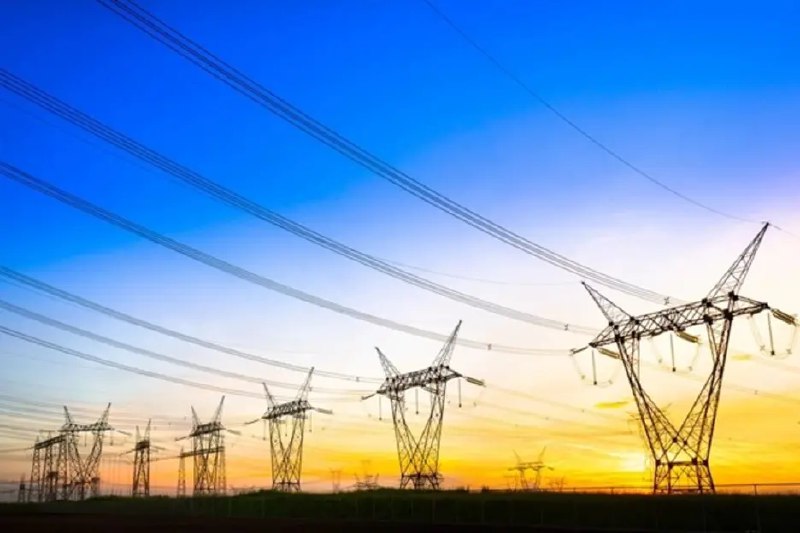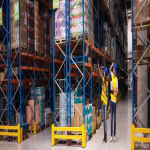Wind energy capacity increased almost 17 times between 2011 and 2020. Solar was even more extreme, growing more than 1300 times during this period[1]. As a result of this revolution, in 2021 solar and wind covered 11% of total electricity demand in the region.
In Uruguay for example, the energy matrix accounted for just 0.2MW of solar and wind in 2007. In 2022, it exceeded 1800MW and supplied 36% of the national demand, an exceptional case of a rapid transition.
But there is a lack of adequate transmission infrastructure to transport this new generation. According to the International Energy Agency, investments in renewables have doubled since 2010, reaching almost $600 billion by 2022. Still, global investment in grids remained at around $300 billion annually during the last five years. Just to meet national climate targets at the global level by 2030, grid investments must double to $600 billion yearly. In Latin America, investments should triple by 2030 or increase more than six times by 2050.
The lack of transmission infrastructure results in bottlenecks and energy restrictions. Furthermore, in the so-called nodal electricity markets (with tariffs based on the place of generation), lack of transmission causes prices to reach zero at certain nodes due to system saturation, leaving generators in financial hardship. This is common in northern Chile, but also Argentina, Panama, and other countries.



